Hi
we have constructed this page to help customers that are having
problems connecting to their VPN account. Some customers are unable to
connect with PPTP VPN. Here are some general reasons and troubleshooting
you can do.
1.) Software Firewall - Have you checked your firewall software? The easiest way to test if it's conflicting with your VPN connection is to disable it and try the connection again. If this allows you to connect to the VPN you'll need to setup an exception in order to use the VPN while it's running. This will vary depending on your firewall software, but in general you will need to allow outgoing connections to port 1723 and the GRE protocol (47) also allowed. Alternatively you could set an exception for all traffic to the VPN server address.
2.) Can you even reach the server ? - Ping the VPN server you are going to connect to. Here's a quick how to on that: http://strongvpn.com/ping_screens.shtml
3.) Router - It's possible your router doesn't support or isn't configured for PPTP VPN Passthrough. To test this, try connecting to the Internet without the router and see if it works. In other words plug your computer directly into your modem device bypassing the router.
4.) Another Computer - Do you have a 2nd PC you can try the account on, or a friends computer at another location? If so try it out. The VPN account will work on any PC, anywhere.
5.) Error in Creation - This one is odd but it does happen. For whatever reason sometimes the second time when you create a VPN connection it will work. So delete your first one, and try again. Remember our tutorials are here: http://strongvpn.com/setup.shtml
6.) Reboot - As always, a reboot on your devices can't hurt. System resources can run low and cause all sorts of problems. Try to reboot your PC, Router, and Modem, then once the PC returns start VPN before openning any applications (skype, browser, etc.)
7.) Edge, EVO and 3G modems - Some Mobile Carriers block PPTP on their devices or supply devices such as the Huawei e220 modem that doesn't support PPTP connections. You might want to contact your ISP and check to see if that's the case.
8.) Country - You may be in a country or with an ISP that blocks PPTP VPN connections, such as Oman, UAE, Belize and others. If so it's possible your ISP is blocking, check with your friends and see if they confirm this. Another option would be to contact your ISP directly to ask.
9.) When entering in the password, make sure there is not a space at the end, since when you copy/paste the password sometimes a space is added at the end and that password will not be accepted
10.) Vista UAC - Customers have found that disabling UAC will sometimes allow OpenVPN and even our PPTP connections to work. It's worth a shot, here is the page on how to.
11.) Live Chat Support - We are not perfect, and sometimes a VPN account delivered to you may have an issue with it. A quick check with Live Chat Support can confirm that the account is in good working order (or not) for you..
12.) Check your computer time. If your date or year is off or not correct, this can actually cause quite a few problems. Please check to make sure your Time and Date are accurate.
If you find you're still unable to use our PPTP VPN switching to our OpenVPN plan should allow for you to connect.
If you are receiving some error codes, here are some real common numbers and Microsofts explanation of them:
Error Codes: Error 806
Error Codes: Error 619
Primary 216.131.95.20
Secondary 216.131.94.5
If you can see Youtube.com via the link below, it's a DNS issue:
http://64.15.120.233/
2.) Browser Cache - Your Cache may need to be cleared as your old information from when you try to connected before is in there. You could also connect from a browser you have yet to connect to the site from.
3.) Time Zone - Try changing your time zone to the time zone in the area of the website you want to connect to.
4.) Reboot - If all else fails, reboot and try.
2.) Please make sure you are running the latest version
3.) Please make sure you have placed the files in the c:\program files\openvpn\config folder unzipped. If not there will be no option to connect.
4.) If you are running Vista, chances are you need to disable UAC, more info here
5.) Disable any security software that is running and try to connect, if it works then make an exception in your security software.
1.) Software Firewall - Have you checked your firewall software? The easiest way to test if it's conflicting with your VPN connection is to disable it and try the connection again. If this allows you to connect to the VPN you'll need to setup an exception in order to use the VPN while it's running. This will vary depending on your firewall software, but in general you will need to allow outgoing connections to port 1723 and the GRE protocol (47) also allowed. Alternatively you could set an exception for all traffic to the VPN server address.
2.) Can you even reach the server ? - Ping the VPN server you are going to connect to. Here's a quick how to on that: http://strongvpn.com/ping_screens.shtml
3.) Router - It's possible your router doesn't support or isn't configured for PPTP VPN Passthrough. To test this, try connecting to the Internet without the router and see if it works. In other words plug your computer directly into your modem device bypassing the router.
4.) Another Computer - Do you have a 2nd PC you can try the account on, or a friends computer at another location? If so try it out. The VPN account will work on any PC, anywhere.
5.) Error in Creation - This one is odd but it does happen. For whatever reason sometimes the second time when you create a VPN connection it will work. So delete your first one, and try again. Remember our tutorials are here: http://strongvpn.com/setup.shtml
6.) Reboot - As always, a reboot on your devices can't hurt. System resources can run low and cause all sorts of problems. Try to reboot your PC, Router, and Modem, then once the PC returns start VPN before openning any applications (skype, browser, etc.)
7.) Edge, EVO and 3G modems - Some Mobile Carriers block PPTP on their devices or supply devices such as the Huawei e220 modem that doesn't support PPTP connections. You might want to contact your ISP and check to see if that's the case.
8.) Country - You may be in a country or with an ISP that blocks PPTP VPN connections, such as Oman, UAE, Belize and others. If so it's possible your ISP is blocking, check with your friends and see if they confirm this. Another option would be to contact your ISP directly to ask.
9.) When entering in the password, make sure there is not a space at the end, since when you copy/paste the password sometimes a space is added at the end and that password will not be accepted
10.) Vista UAC - Customers have found that disabling UAC will sometimes allow OpenVPN and even our PPTP connections to work. It's worth a shot, here is the page on how to.
11.) Live Chat Support - We are not perfect, and sometimes a VPN account delivered to you may have an issue with it. A quick check with Live Chat Support can confirm that the account is in good working order (or not) for you..
12.) Check your computer time. If your date or year is off or not correct, this can actually cause quite a few problems. Please check to make sure your Time and Date are accurate.
If you find you're still unable to use our PPTP VPN switching to our OpenVPN plan should allow for you to connect.
If you are receiving some error codes, here are some real common numbers and Microsofts explanation of them:
Error Codes: Error 806
Error Codes: Error 619
Top 1 Reasons you can connect to your VPN, but can't use Internet:
1.) We only allow 1 connection per login, so if you can connect but can't surf the Internet or see any websites, your login and password has been compromised or you have shared your account with another person/computer. Disconnect both computers and connect just one account, it will work fine.Top 4 Reasons you can connect to your VPN, but can't see a particular website:
1.) DNS - It's possible if you are in a country such as China, they have hijacked DNS settings for particular sites such as facebook. As a remedy we suggest changing your DNS server settings to ours, which are:Primary 216.131.95.20
Secondary 216.131.94.5
If you can see Youtube.com via the link below, it's a DNS issue:
http://64.15.120.233/
2.) Browser Cache - Your Cache may need to be cleared as your old information from when you try to connected before is in there. You could also connect from a browser you have yet to connect to the site from.
3.) Time Zone - Try changing your time zone to the time zone in the area of the website you want to connect to.
4.) Reboot - If all else fails, reboot and try.
Top 5 Reasons Why Your OpenVPN (SSL) can't connect.
1.) If you are on Windows 7 please ensure you are running OpenVPN as administrator. You can do so by right clicking on the OpenVPN icon prior to running it, and click "Run as Administrator".2.) Please make sure you are running the latest version
3.) Please make sure you have placed the files in the c:\program files\openvpn\config folder unzipped. If not there will be no option to connect.
4.) If you are running Vista, chances are you need to disable UAC, more info here
5.) Disable any security software that is running and try to connect, if it works then make an exception in your security software.

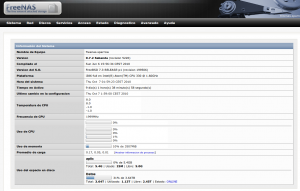

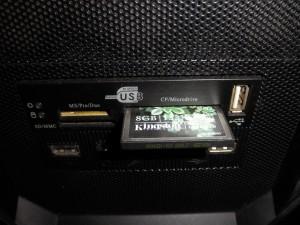
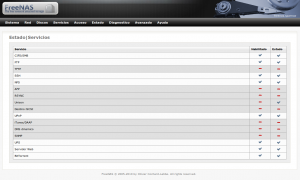
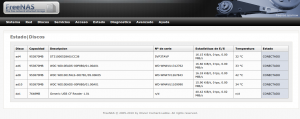

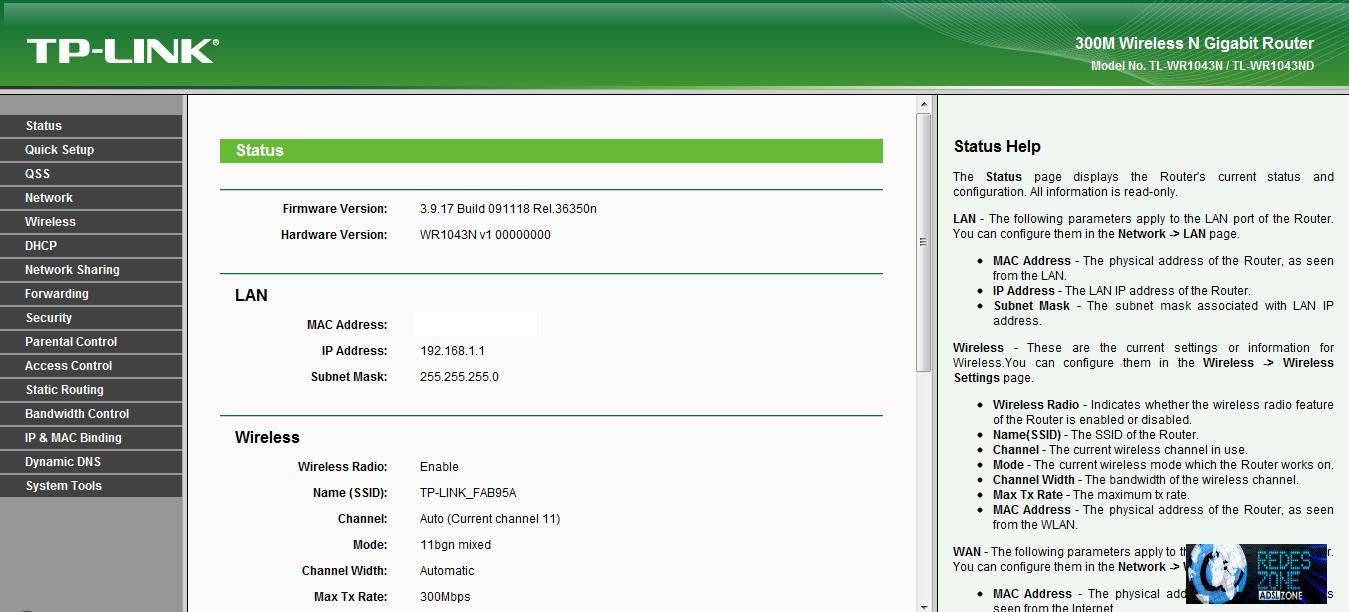
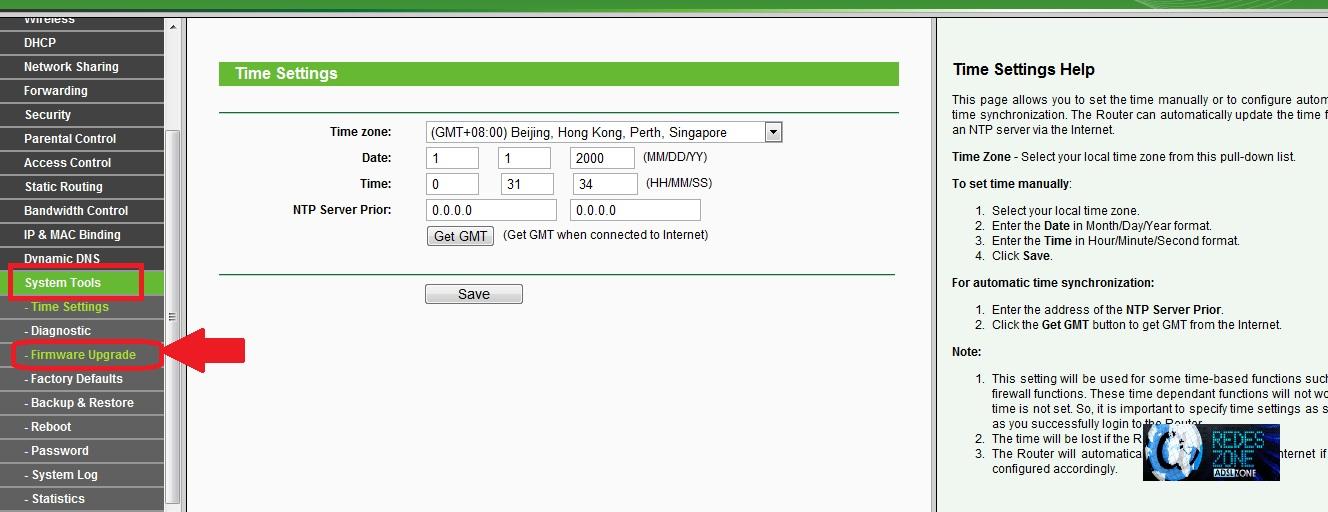
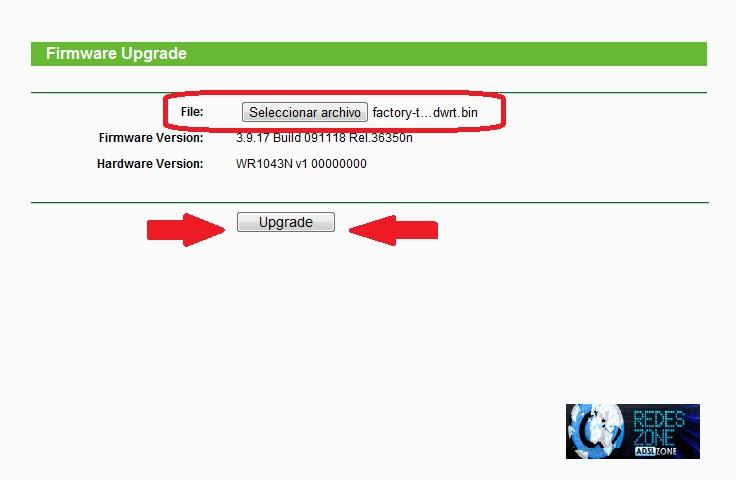
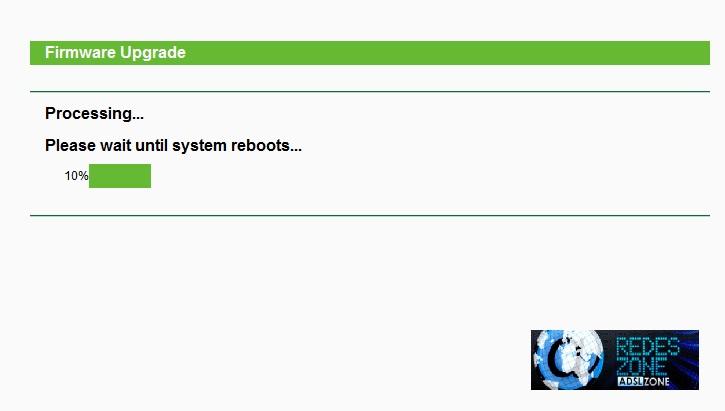
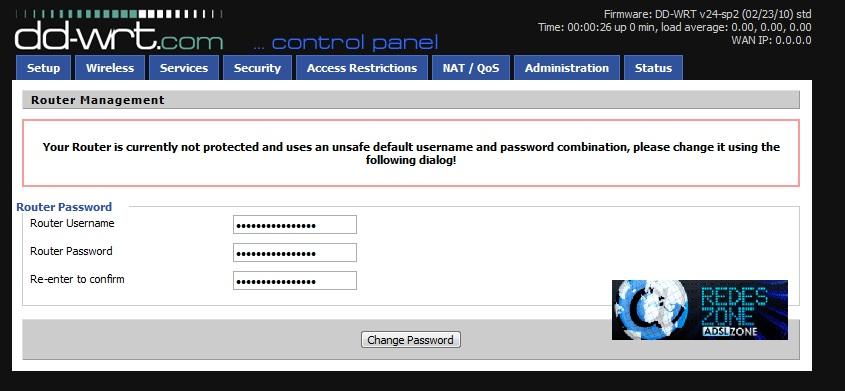


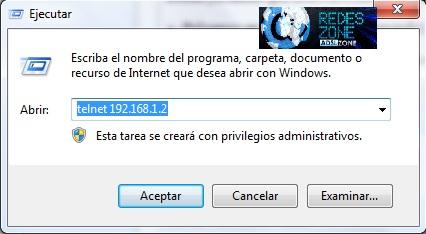
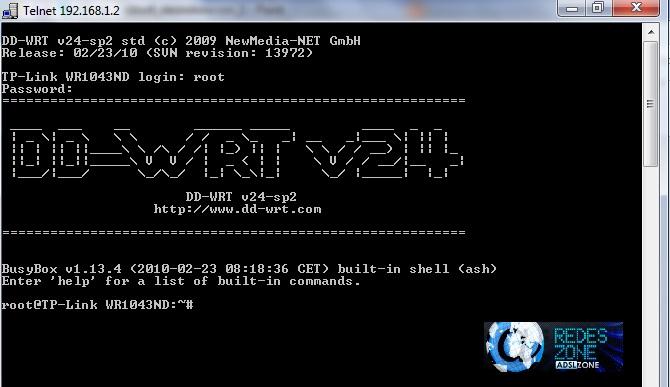

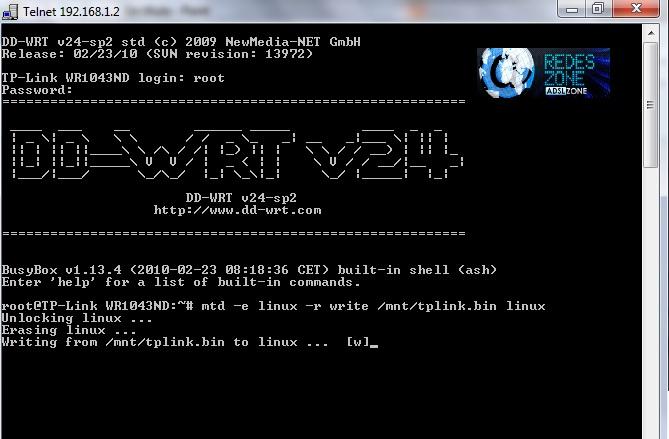
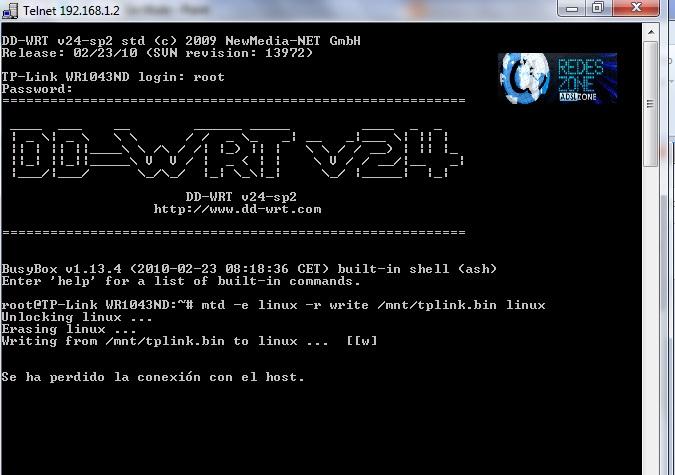
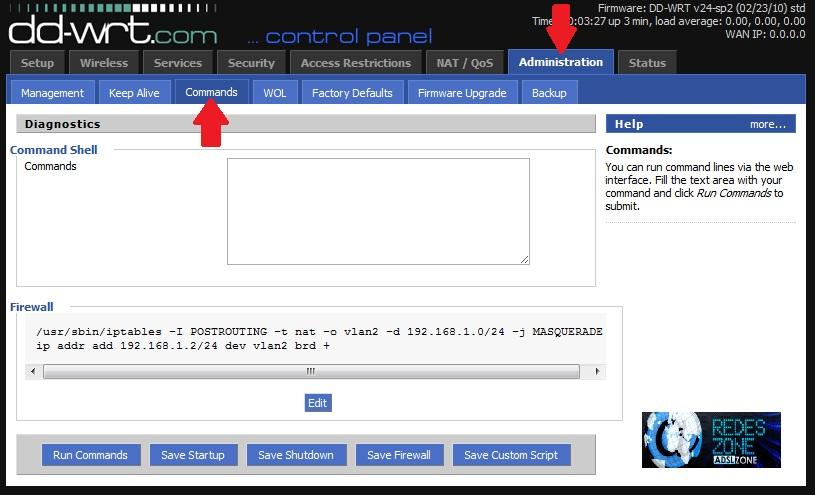
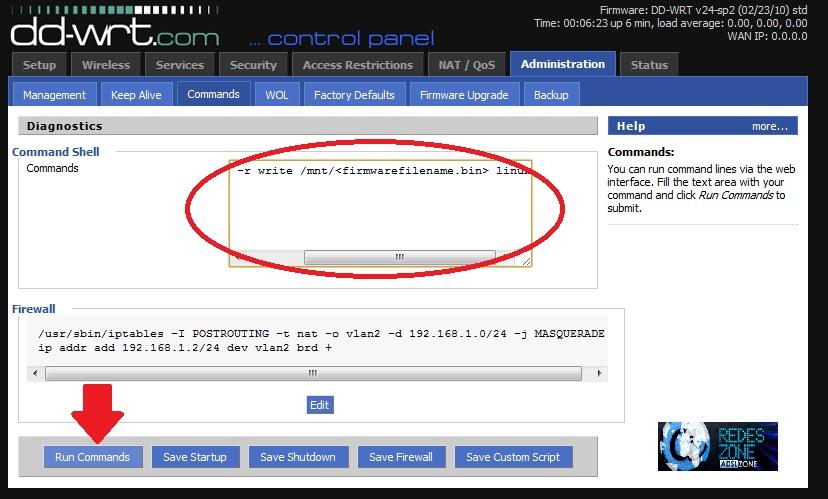







 LibreOffice
LibreOffice Firefox
Firefox